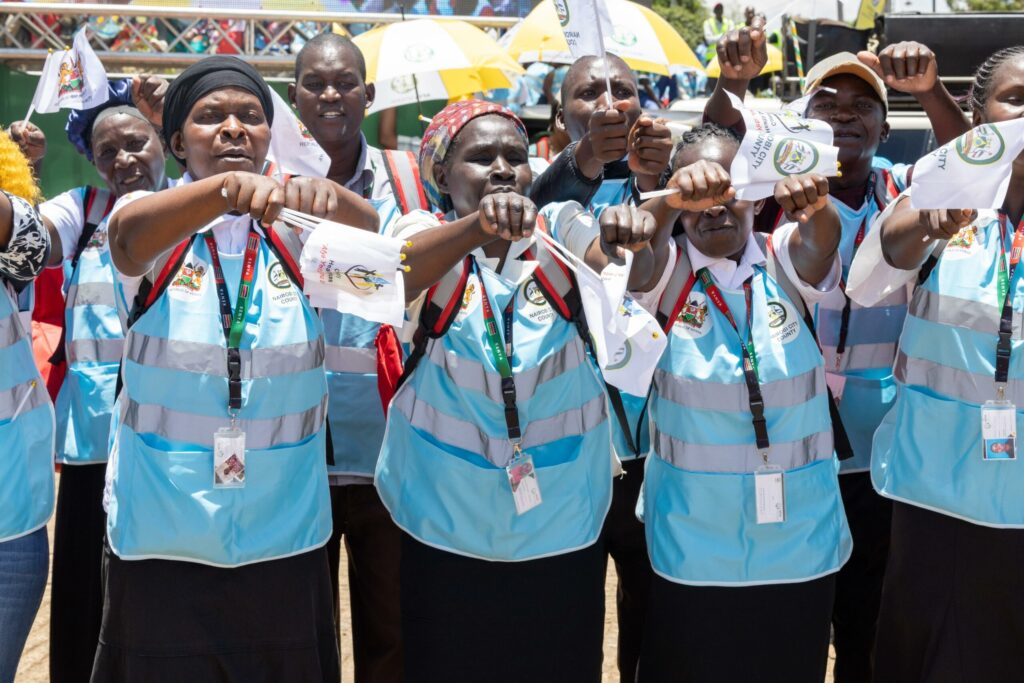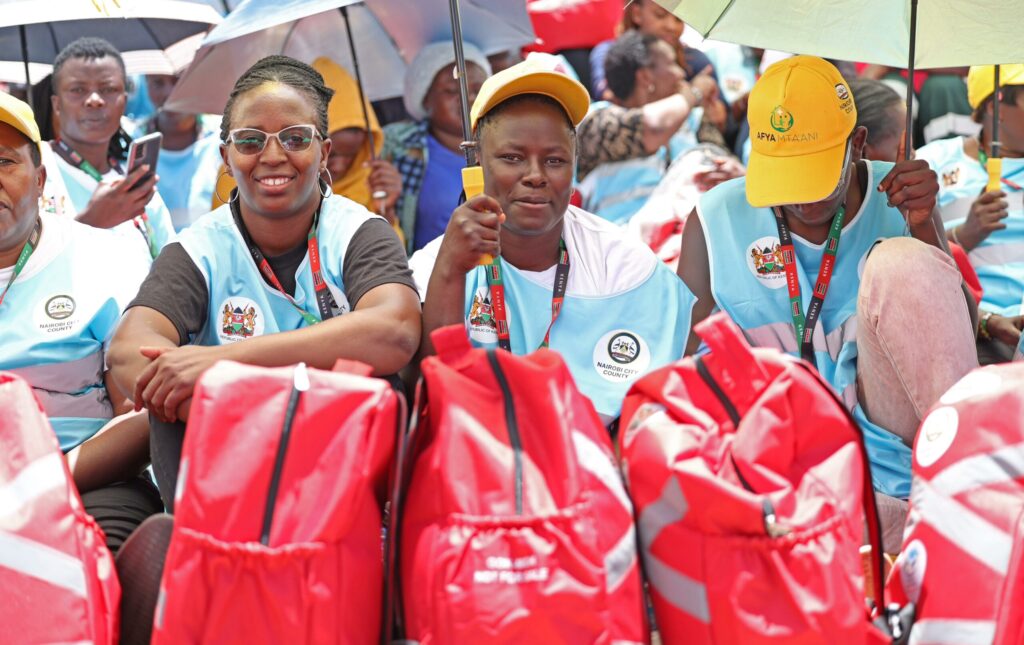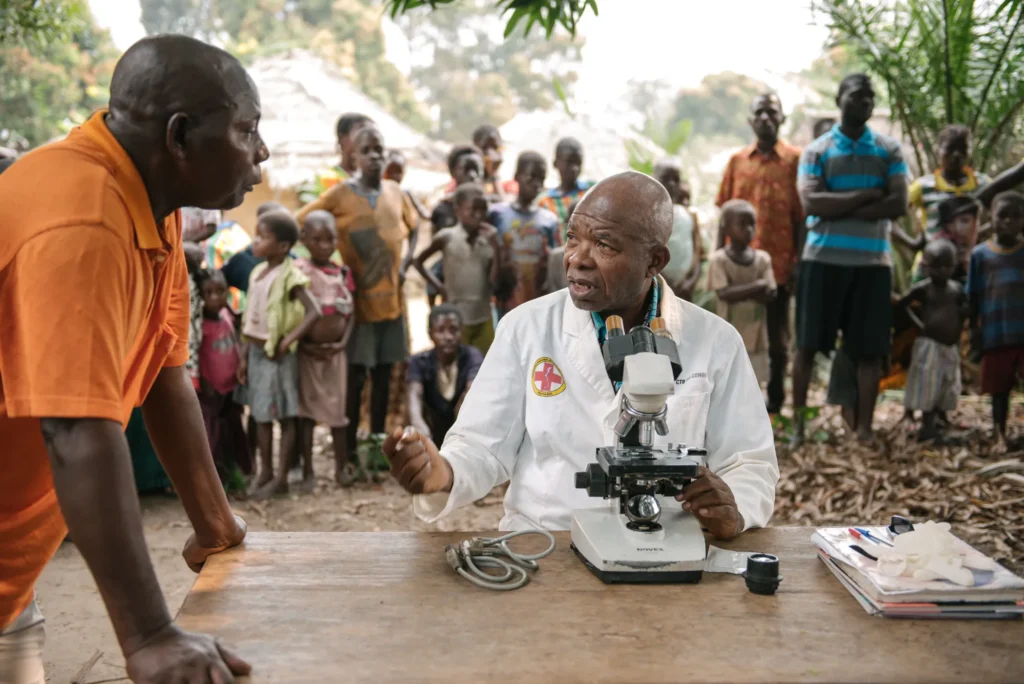Authors: Joy Kwamboka & Daniel Kitheka
Date: 03/08/2023
During the 1990s, Africa faced considerable economic challenges that had a detrimental impact on the health status of its population. Unlike regions such as Asia and Latin America, which experienced robust growth with per capita income increasing by 2-3 per cent, Africa struggled to achieve an annual growth rate of just above 1 per cent. Furthermore, Africa witnessed a substantial increase in its population during this period, exacerbating the strain on an already struggling economy. Consequently, governments and households encountered difficulties in allocating sufficient resources to essential social services, including healthcare, which had adverse effects on the overall well-being of the population. Due to the unsustainable economic situation in most African countries and the significant concern of poverty during that period, access to modern medicines and drugs for treating and managing diseases became limited.
Consequently, the National Health Systems of countries such as Cameroon were compelled to explore alternatives such as traditional medicine to ease access to medical treatment. However, from the 2000s until now, the World Health Organization (WHO) has reported significant progress in achieving Universal Health Coverage. This means that all individuals have access to a comprehensive range of quality health services, precisely when and where they require them, without facing financial hardship. This advancement has been made possible due to the development of national health strategies, the establishment of health financing mechanisms, the expansion of access to essential health services, and partnerships with various donor agencies, among other factors.


Community Health Promoters in Nairobi, Kenya (source)
Just over two years ago, Kenya embarked on a transformative journey by unveiling the Universal Health Coverage (UHC) Policy 2020-2030. This visionary policy not only outlined a roadmap for ensuring that every Kenyan would have access to essential and high-quality healthcare services but also introduced a dynamic strategy—the development of a progressive health benefits package. This innovative approach, marked by regular revisions to align with the ever-evolving needs and preferences of the Kenyan population, aimed to provide clarity on the spectrum of healthcare services available to all citizens, fostering accessibility while firmly establishing entitlements. As part of this sweeping reform, Kenya initiated a pilot phase of the UHC program in four of its 47 counties, a crucial step in expanding healthcare access. In the inaugural year of this pilot phase alone, an impressive 1.6 million additional hospital visits were recorded, marking a promising stride toward achieving the UHC objectives. This exemplifies the proactive stance of the government, supported by donor agencies, in spearheading positive change within Africa’s healthcare landscape.
Innovators have played a pivotal role in reshaping the healthcare landscape in the region, harnessing the power of digital health apps to enhance accessibility to medical services . As of 2017, Sub-Saharan Africa boasted an impressive 778 cellular and 300 mobile internet subscriptions per 1000 people, a testament to the increasing penetration of mobile technology. This digital revolution has effectively dismantled the barriers that once confined quality healthcare services to urban areas . Innovations in technology have redefined healthcare delivery, empowering individuals in even the most remote regions to access top-notch medical services through their mobile devices . Notably, ingenious health apps like ‘Hello Doctor’ have made accessing medical advice remarkably convenient, enabling users to engage in text-based consultations with qualified doctors and receive prompt responses, all from the comfort of their own homes.

Image source: Unsplash
With a wide range of these health applications such as remote consultation apps, health information, symptom checkers and self-diagnosis, fitness and medication management applications, each has played a noticeable role in enhancing the user’s well-being. All of these have improved healthcare accessibility by bringing important information and services one click away. They have empowered their users to actively participate in bettering their health status. They have also enhanced better communication between healthcare providers and the users of the applications leading to improved overall health outcomes .
Telemedicine has been growing even before smartphones were invented. From an article in the Lancet in 1879, the telephone was already positioned as a tool that reduced unnecessary office visits. In 1925, a cover of Science and Invention Magazine showed a doctor diagnosing a patient by radio . Since then, telemedicine has grown over the years in most parts of the world, including Sub-Saharan Africa. The awareness of the existence of some technologies in the health sector was minimal until the Covid pandemic struck, and the need to minimize physical contact to help reduce the virus spread accelerated the adoption of telemedicine as a safer means to do consultations. The pandemic highlighted the importance of remote healthcare and created an urgency to leverage telemedicine to deliver care.
Gone are the days when patients had no choice but to carry physical booklets or cards to health centers for treatment. However, it’s worth noting that not all parts of many African countries have fully embraced the transition to electronic health records (EHR). In Kenya, for instance, rural populations still face challenges in implementing modern technologies like Electronic Medical Records (EMR). Undoubtedly, technology has brought remarkable efficiency to the healthcare sector, granting access to quality services even in remote communities. Yet, this digital transformation has also introduced new complexities. These include concerns about the privacy and security of electronic records, which are susceptible to data breaches. Additionally, the absence of a centralized medical records system poses obstacles to sharing patient information seamlessly between healthcare facilities, necessitating patients to undergo registration at each new healthcare facility they visit.

While the health tech sector in Africa holds immense potential to revolutionize healthcare access and delivery across the continent, it cannot be overlooked that Africa grapples with significant challenges and disparities hindering the delivery of quality medical services to its citizens. These pressing issues encompass a lack of healthcare infrastructure in rural areas, critical shortages in the healthcare workforce, and glaring inequalities in healthcare access. Confronting the monumental healthcare void on the continent demands a collective recognition of the pivotal roles that various stakeholders can, and indeed must, play in reshaping the healthcare landscape.
The clarion call is clear: governments must wield their authority and resources to lead the charge. Investment in robust healthcare infrastructure, the fortification of the healthcare workforce, public awareness campaigns about how health technology can enhance healthcare access, affordability, and quality, and the implementation of radical health financing reforms are non-negotiable. For lawmakers, the mantle of responsibility lies in their legislative prowess—enacting and amending healthcare-related laws that not only support reform endeavors but also safeguard accountability. In parallel, the private sector must expand its reach, offering equitable and affordable health insurance options and forging seamless partnerships with public entities to extend the healing touch to the remotest and most underserved corners of the continent. Meanwhile, innovators, armed with ingenuity and technology, hold the power to unlock Africa’s healthcare potential. Their digital health solutions and cost-effective medical technologies, tailored to Africa’s unique healthcare terrain, are the keys to transformation. Together, through unwavering collaboration, shared commitment, and concerted efforts, we can steer Africa ever closer to the long-sought Universal Health Coverage (UHC) goal. It is not merely a journey; it is a collective obligation to ensure that no one, absolutely no one, bears the weight of financial hardship while striving to access the vital, top-tier healthcare services they so rightfully deserve. The gap is dire, the mandate is clear—let us act now, and act together, to bridge the healthcare gap that persists in Africa.
This post was written by designers currently taking part in a project called NoAppForThis, an action research project by Wellcome Trust, implemented across 3 countries (Kenya, Uganda, and South Africa) by the Open Institute, CIPESA, and CEHURD, working in collaboration with the of University of Warwick in the UK, University of Nairobi, and University of Witwatersrand in South Africa. You can email noappforthis(at)openinstitute.africa to get in touch with the authors.